
Wondering who repairs solar panels? Learn who to call—solar technicians, installers, or electricians—and when to DIY. See costs and smart next steps.
Repairing solar panels costs an average of $845


On average, solar panel repairs cost between $230 and $1,465 or $845 for most homeowners.
Solar panel repair cost factors include panel location, roof grade, system type, and size.
The type of repairs you need will greatly influence costs.
Performing routine maintenance ensures continued efficiency, prevents more extensive repairs, and prolongs the life of your solar investment.
This article was updated using automation technology and thoroughly reviewed for accuracy by HomeAdvisor Editor Ryan Noonan.
Solar panel repairs cost an average of $845, with most homeowners spending between $230 and $1,465. Smaller issues can cost as little as $100, while more complex fixes may reach as high as $4,250. Your final bill depends on the system’s size, location, and the extent of the damage. Staying on top of twice-yearly maintenance helps keep costs in check and prevents more expensive repairs down the road.
Several key factors shape your final repair bill. Keep these in mind when you’re building a solar-panel maintenance budget.
Most panels sit on the roof, but some systems are ground- or wall-mounted. Hard-to-reach rooftop arrays require more time, an extra crew, and additional safety gear—costs that can add an average of $100 per hour in labor.
A steep roof means more safety precautions and more time on site, so expect higher labor charges when your panels perch on a sharp pitch.
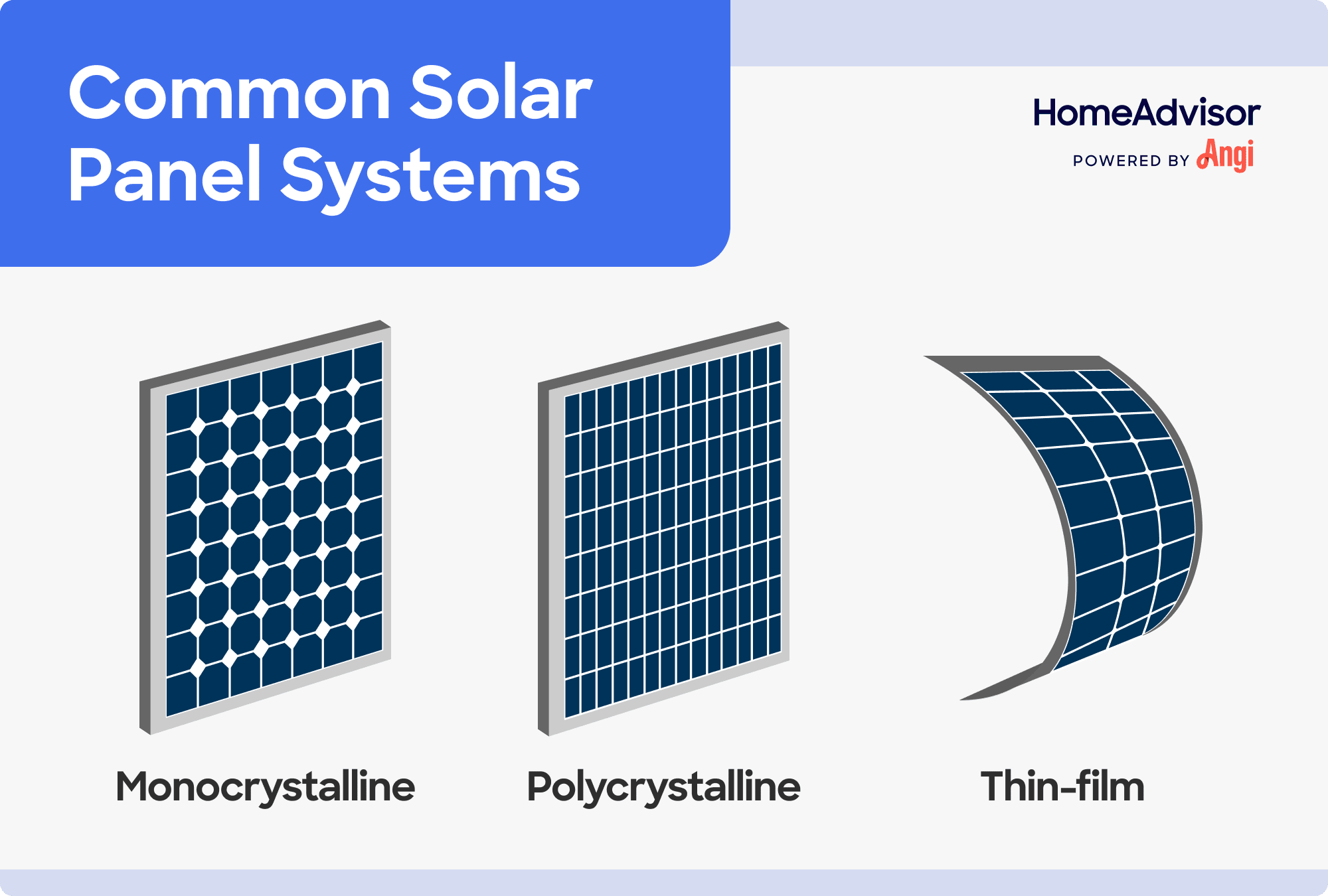
Higher-grade systems may cost more to repair due to the higher price of materials or the extra care needed to navigate various components. Certain solar arrays are more complicated to work on, meaning you’ll need to hire more specialized experts and pay their increased service rates.
Larger systems need more time for an inspection to ensure peak performance and can take longer to repair if multiple panels are damaged. If you have a smaller-than-average system, you’ll still need to pay a minimum service fee of $100 to $150, potentially making your cost-per-panel less favorable.
If your solar panel warranty is still active, you might not need to pay anything for accidental damage or a product that isn’t generating as much power as it should. Sometimes, the manufacturer may cover repairs and replacements, but not the cost of shipping.
Labor is a big part of any solar repair bill. Local solar panel pros charge an average of $100 per hour, and most panels take roughly an hour to service, so plan on $100 per panel before any extras like removing mounting hardware.
Assuming inspections are not included in your installation service contract, you’ll need to pay $150 to $300 per inspection. You should have solar panels inspected regularly—at least once a year, or more if you live in an area with lots of dust, extreme weather, or plenty of bird activity.
During an inspection, the tech checks every panel for dust, cracks, and hot spots, then moves on to wiring, junction boxes, inverters, and mounts. They’ll also look for pests or nests and run performance tests to ensure the entire system is functioning optimally.
Solar panel systems cost between $150 and $350 to clean and maintain. Solar panel cleaning costs $15 to $35 per panel. In rainy climates, solar panels tend to need less cleaning. In dry and polluted climates, however, dirt and debris accumulate, reducing system efficiency by up to 30%. Annual maintenance and cleaning go a long way to optimize energy output and save you money by increasing the unit’s efficiency.
The average cost to remove solar panels is $400 to $600. Several steps can affect the total cost of the removal, including any potential roof repair costs.
The rate to remove and replace a single panel is an average of $100 per hour, and the average cost of the replacement unit is $200 to $550 per panel. It costs $400 to $600 to remove an old system. The amount you spend depends on the number of units that need to be replaced.
Solar panel repairs cost anywhere from $100 to $4,250, depending on the nature of the issue. Here’s a closer look at some common solar panel repairs and their costs
Repairing broken glass costs between $120 and $550. Your pro will first check the panel’s output; some damaged panels still work, just less efficiently. For small chips, they’ll seal the area with epoxy or specialty tape. Large cracks call for a full glass swap to keep moisture out and restore power.
Minor cracks often need just an hour or two of labor at $100 per hour. Deeper fractures can push you toward a full panel swap ($120 to $550 for the unit, plus labor). A pro may be able to solder tiny cracks, but acting fast is the best way to keep costs down.
Expect to spend $100 in labor for a simple loose connection, though extensive wiring damage can climb to $400. Loose solder joints make panels flicker on and off as temperatures change. Your pro will cut through the silicone, access the back of the cells, and resolder or replace any damaged leads.
Solar inverter replacement costs range from $150 to $350 for a microinverter and from $800 to $2,500 for a string inverter. This equipment converts direct current energy into alternating current energy. In the case of the micro type, each panel has its own inverter. String inverters, on the other hand, serve the entire system. Both types should last the length of the warranty. Once the warranty has expired, it may be time to replace this part.
If your solar panels only have minor damage, such as hairline cracks in the glass or loose wiring in the system, it almost always makes more sense to repair the system rather than replace it. On the other hand, voltage issues can damage your entire solar power system over time, meaning arrays with these issues are better off being replaced. If you notice your solar panels are becoming inefficient or you have severe damage on multiple panels, it might be time to replace them.
Solar panel maintenance is essential, but the costs can add up quickly. Here are a few ways to save on solar panel maintenance:
Clean the array twice a year to prevent grime from reducing efficiency and to avoid more significant repair bills later.
Slip on a soft cover before a major storm to shield panels from hail or flying debris.
Enhance your home’s energy efficiency by investing in solar screen costs to optimize the output of your solar power.
Have your panels placed at the right angle to prevent damage and maximize energy efficiency.
Have your solar panel pro install a pest guard to stop rodents and other animals from damaging your solar array.
No place is more important than your home, which is why HomeAdvisor connects homeowners with local pros to transform their houses into homes they love. To help homeowners prepare for their next project, HomeAdvisor provides readers with accurate cost data and follows strict editorial guidelines. After a project is complete, we survey real customers about the costs to develop the pricing data you see, so you can make the best decisions for you and your home. We pair this data with research from reputable sources, including the U.S. Bureau of Labor Statistics, academic journals, market studies, and interviews with industry experts—all to ensure our prices reflect real-world projects.
From average costs to expert advice, get all the answers you need to get your job done.

Wondering who repairs solar panels? Learn who to call—solar technicians, installers, or electricians—and when to DIY. See costs and smart next steps.
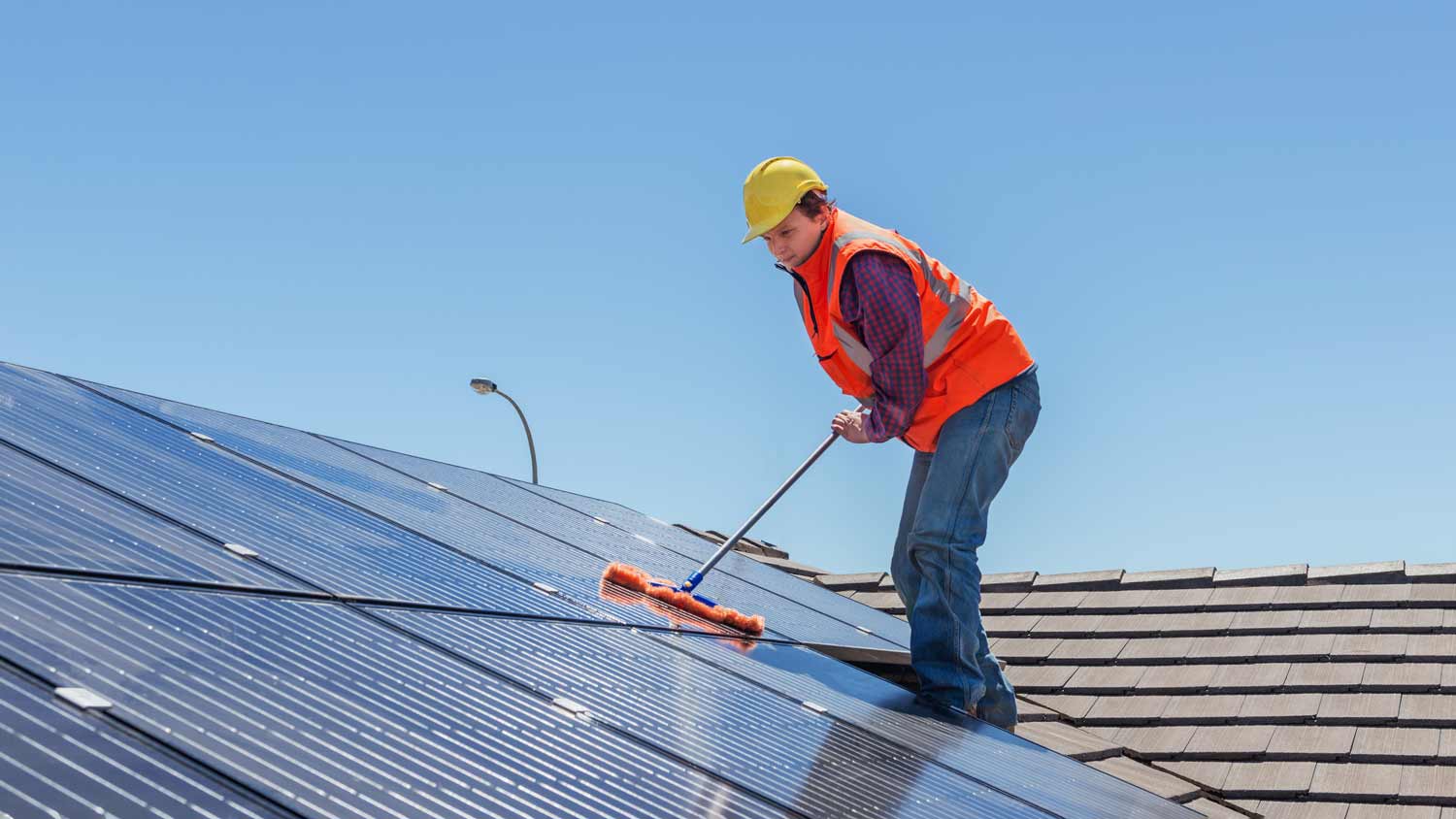
Who to hire for solar panel maintenance? Learn if a solar repair company or electrician is right, what they do, and typical costs
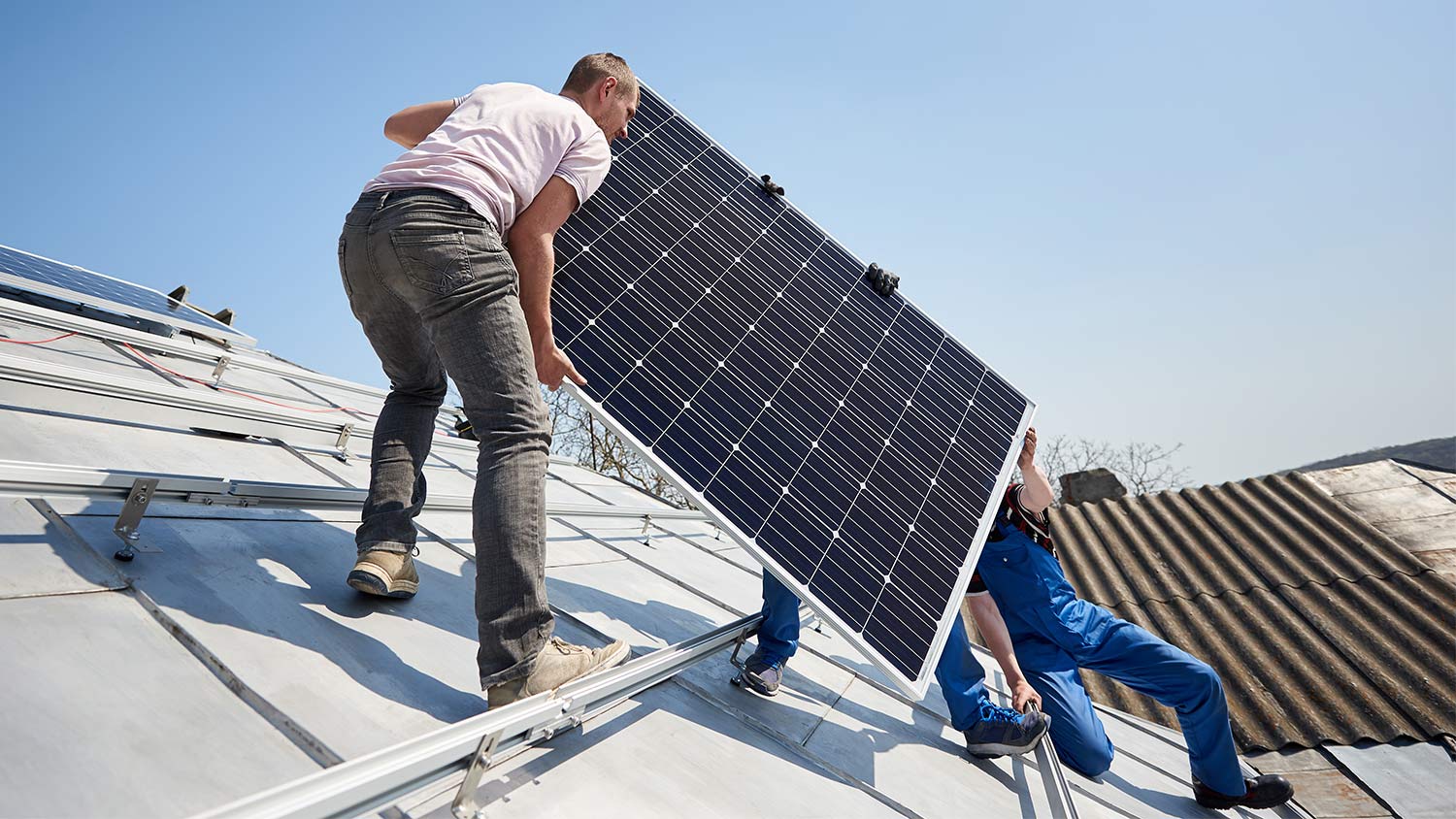
Who installs solar panels? Learn who to hire—certified installers vs electricians—and which certifications protect permits, safety, and your warranty.
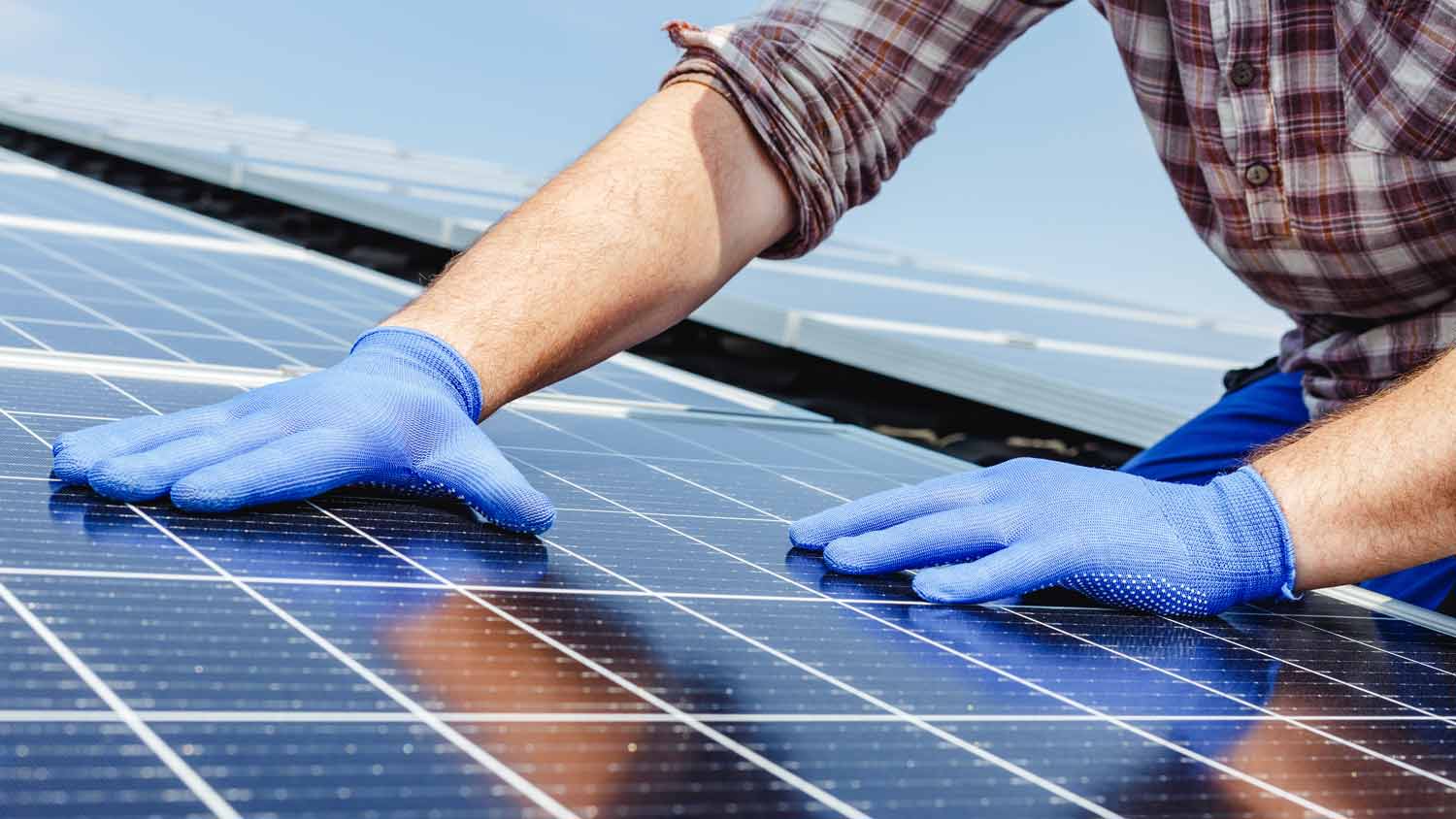
Who to hire for a solar panel inspection for a new home? See whether to call a certified solar installer or electrician and what they check
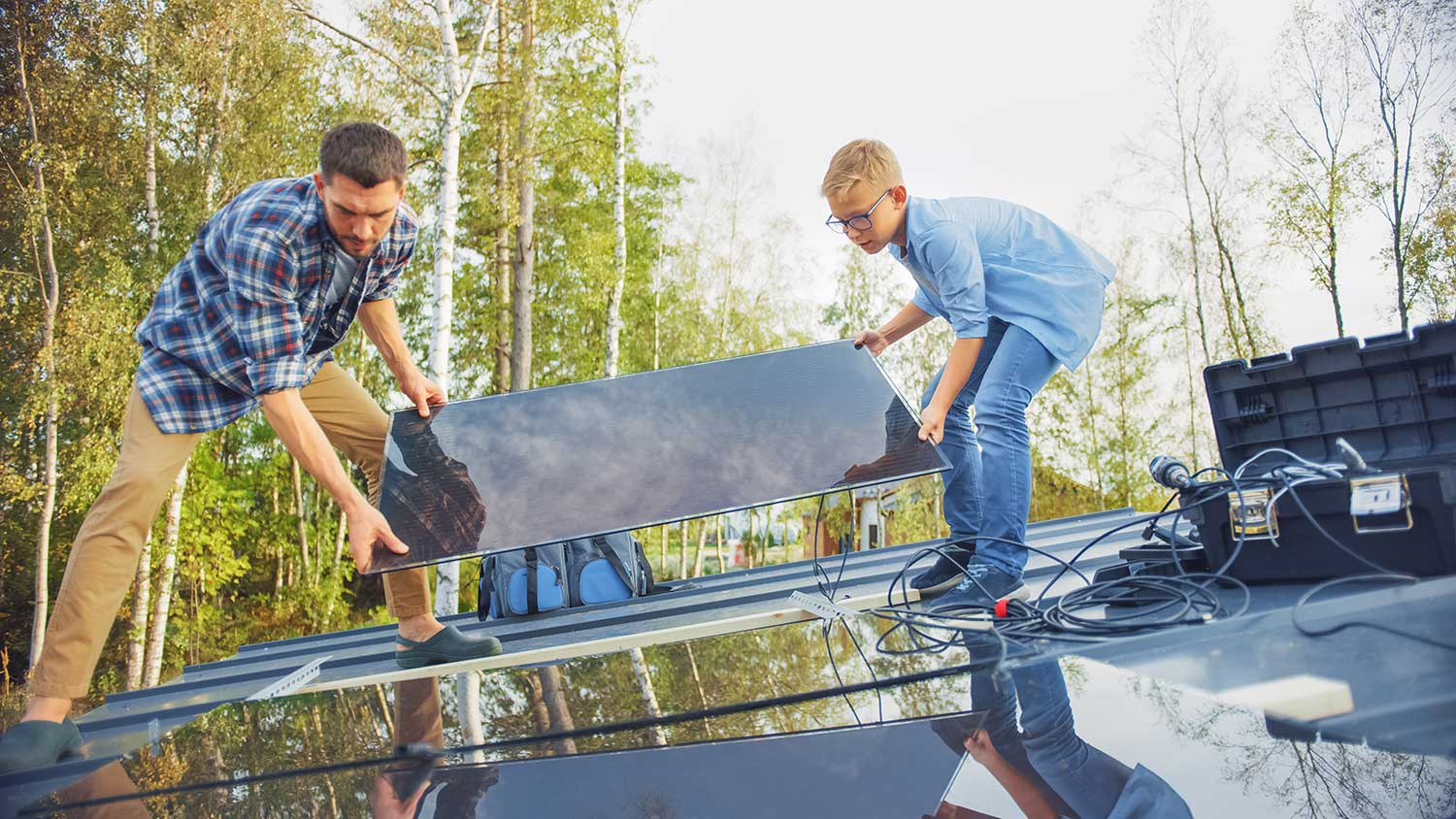
Who removes solar panels? Learn if roofers or solar technicians handle removal, steps pros follow, and cost factors to plan your project